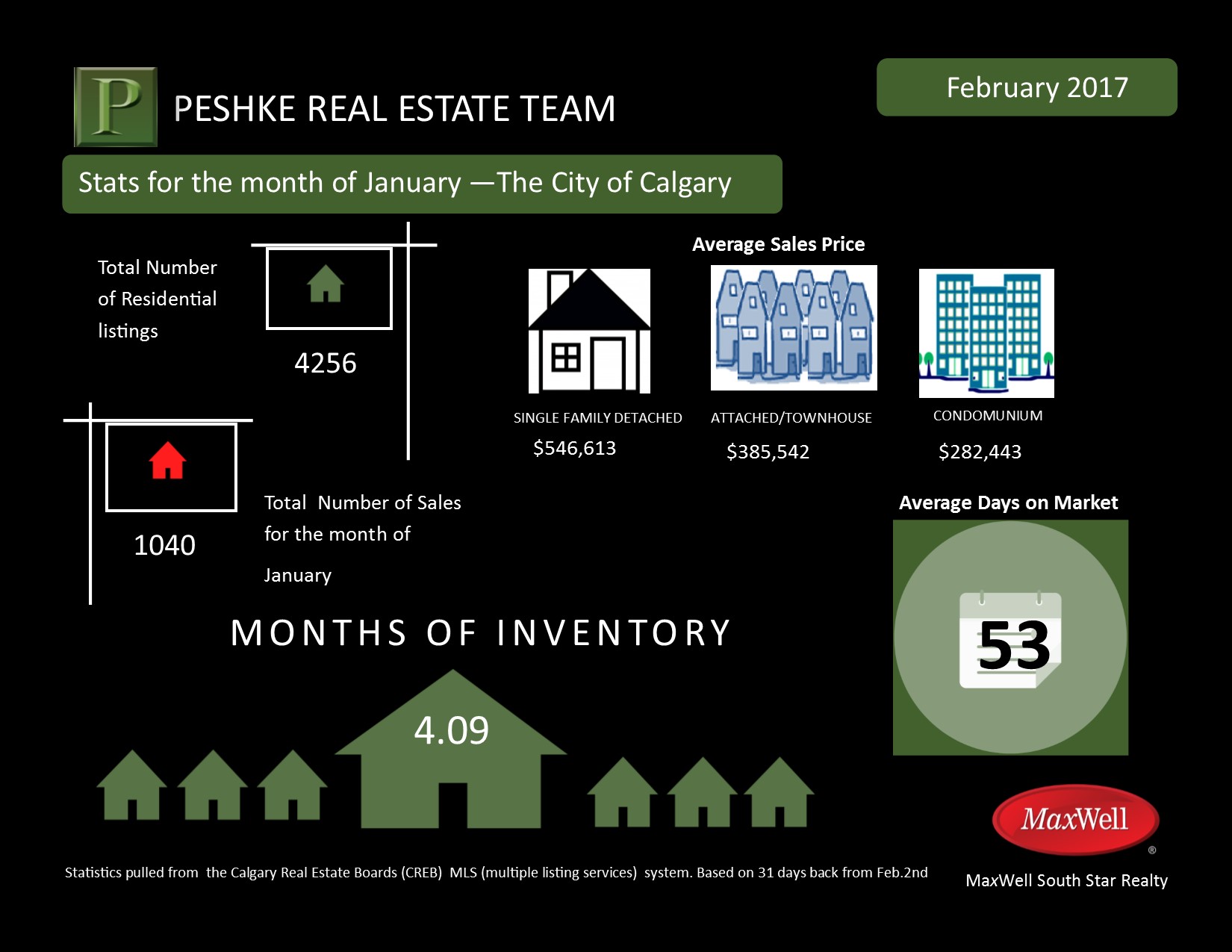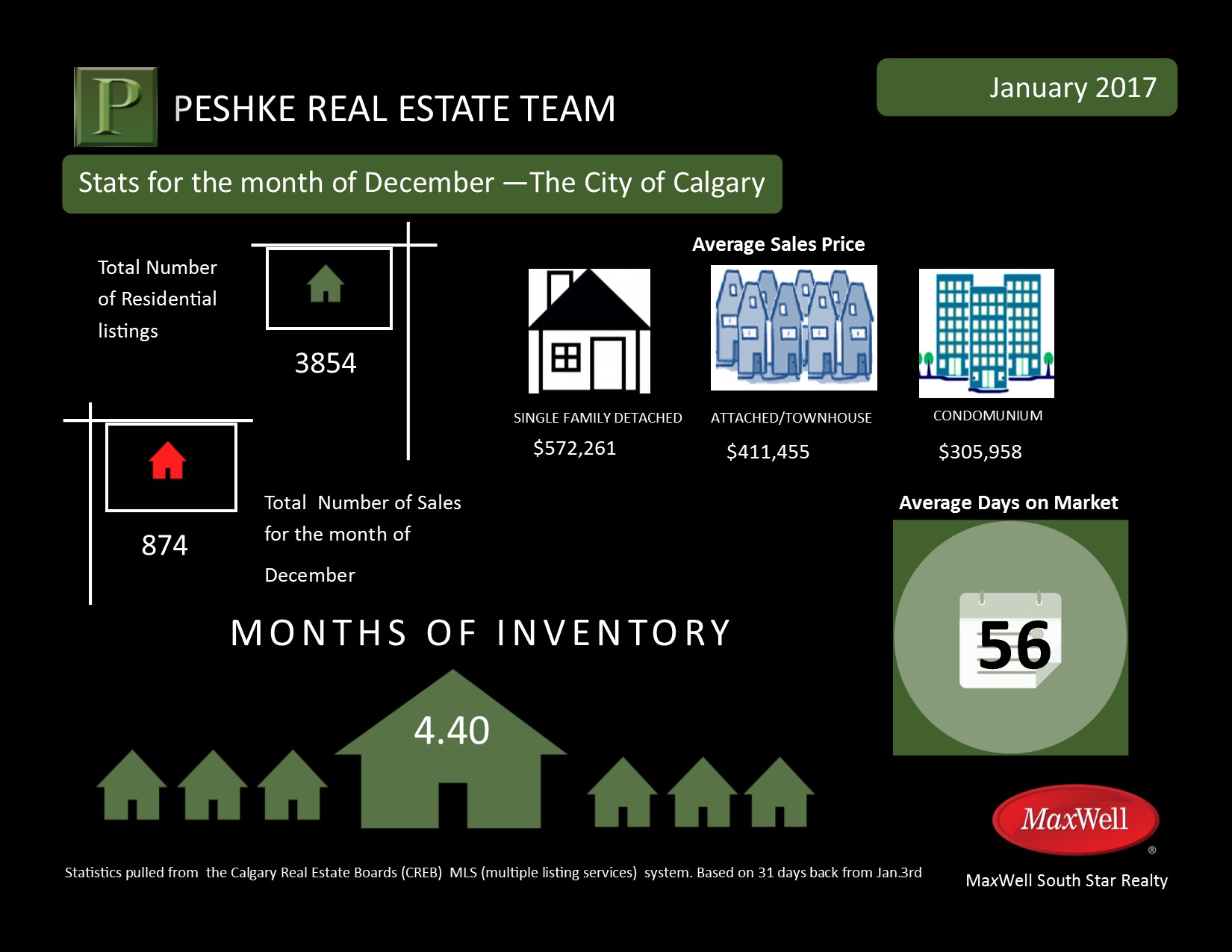Important Things to “Fix Up” before Selling
Posted by Billy Peshke on
When you’re preparing your home for sale, it’s not unusual to need to fix up a few things around the property. After all, you want your home to look its best to buyers, so that you get good offers, quickly.
What do you need to fix? Here are three categories that will help you create and prioritize your list.
1. Anything that squeaks or creaks.
Is there something in your home that makes a noise it shouldn’t be making? Perhaps it’s a rattling closet door or a creaking floor board? You may be so used to it you no longer notice the sound. But buyers will. Be sure to get those items fixed.
2. Anything that’s unsightly.
You don’t have to make your home look perfect. However, things that are unsightly will likely get buyers’ attention. You want…
3609 Views, 0 Comments




